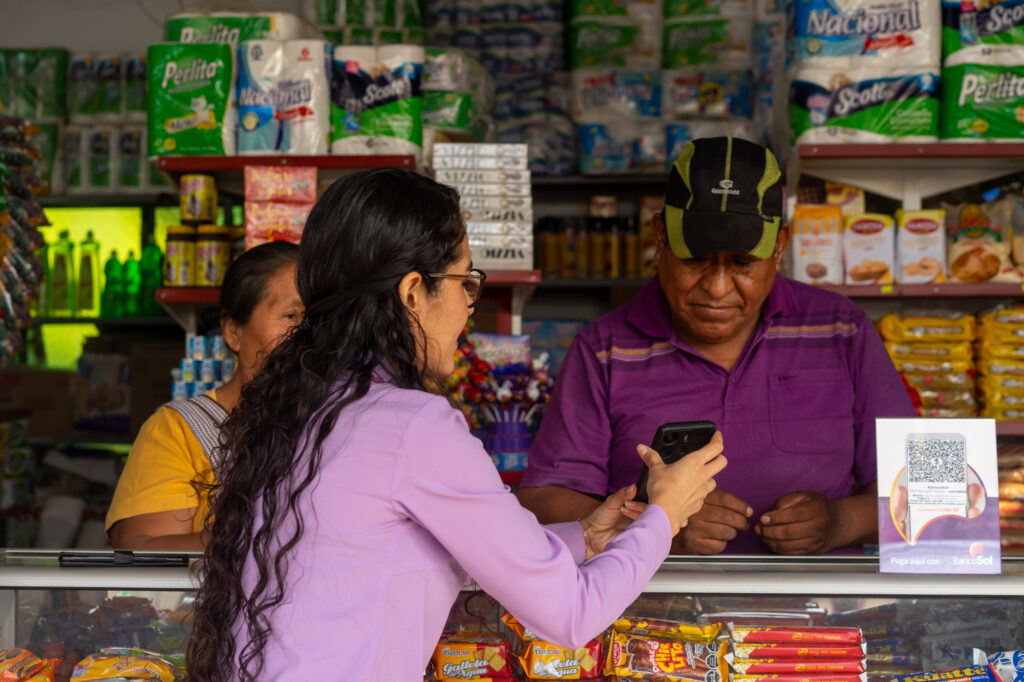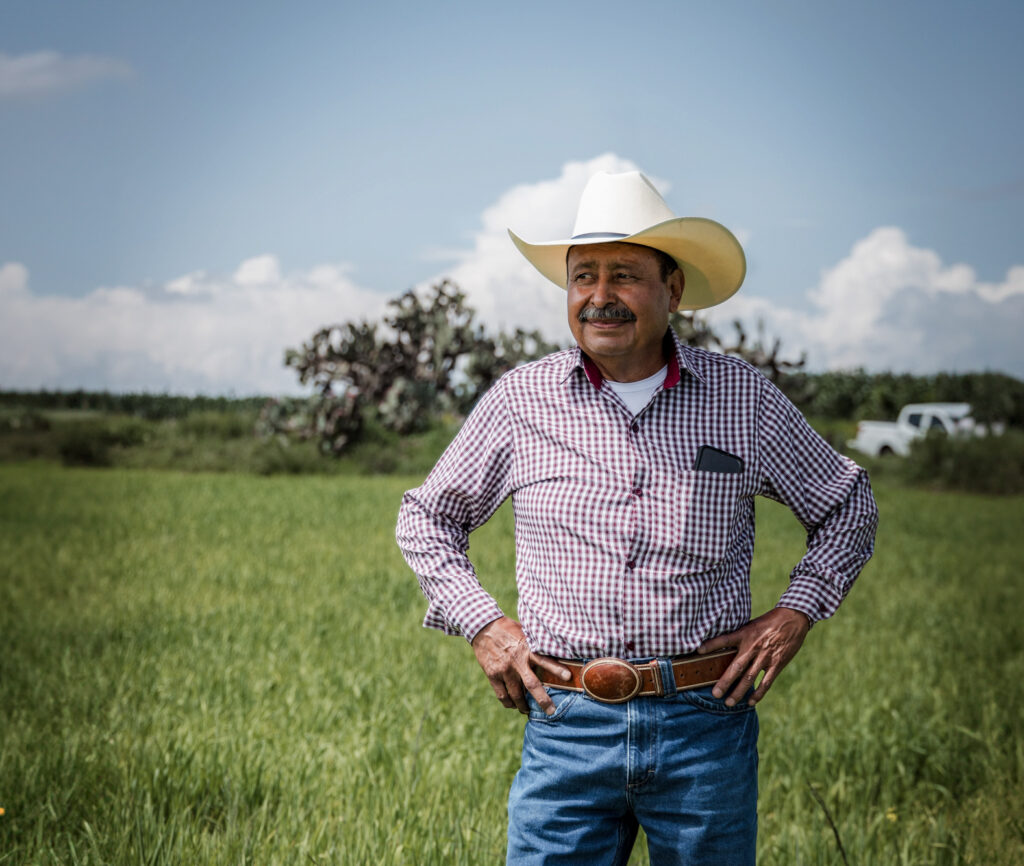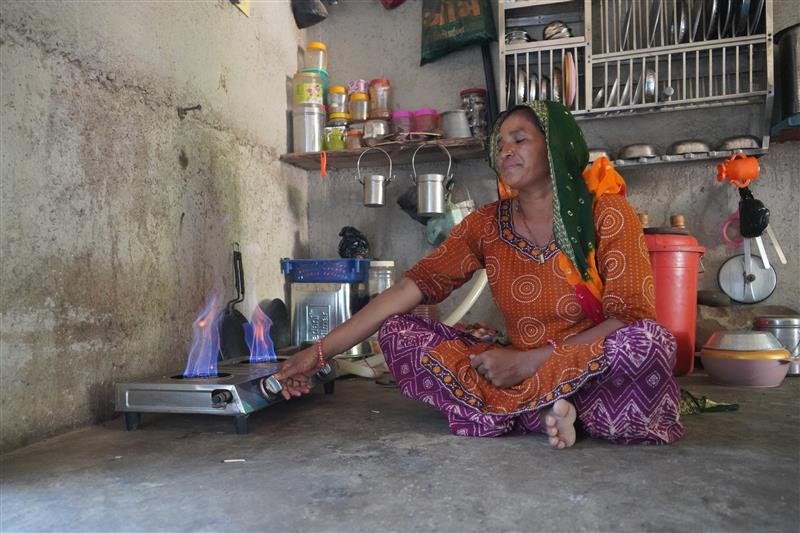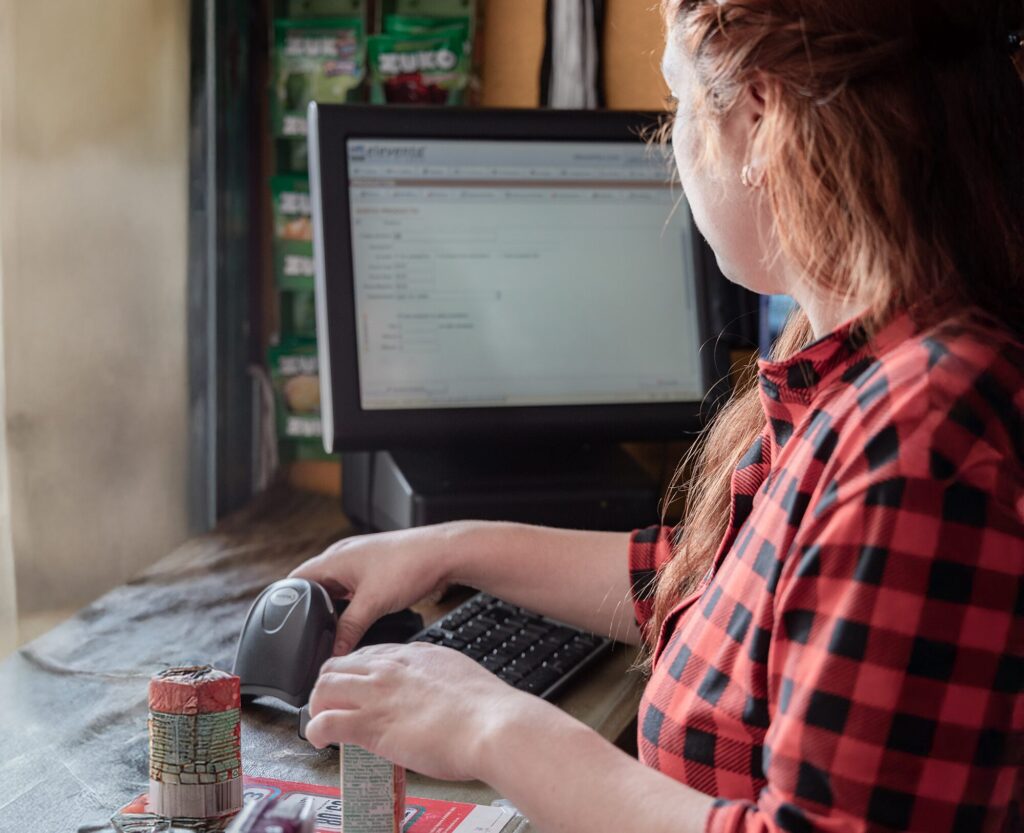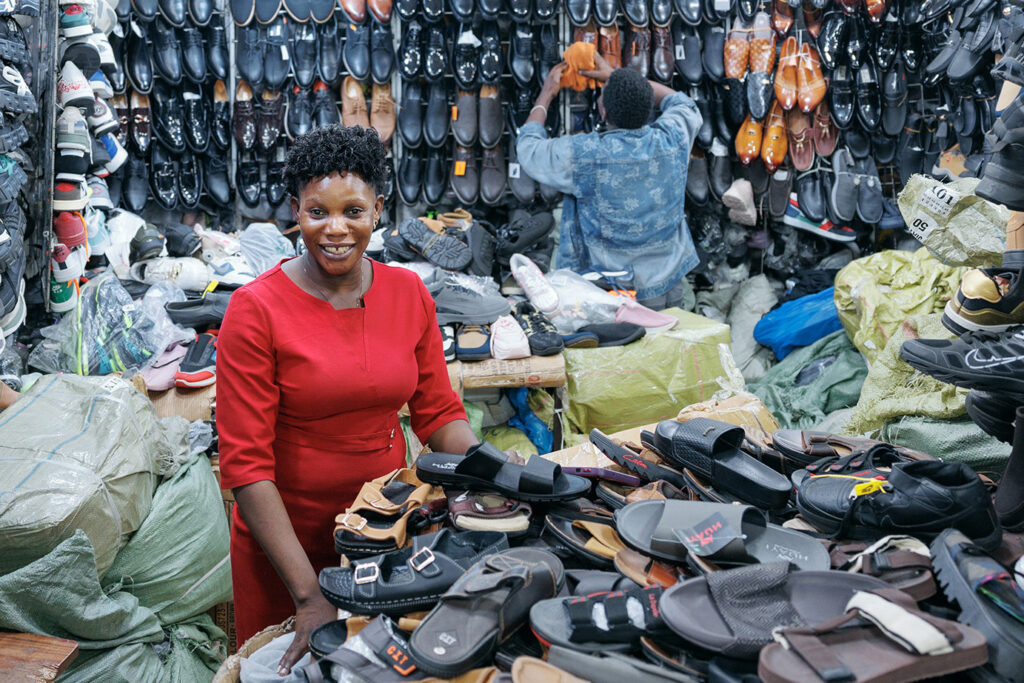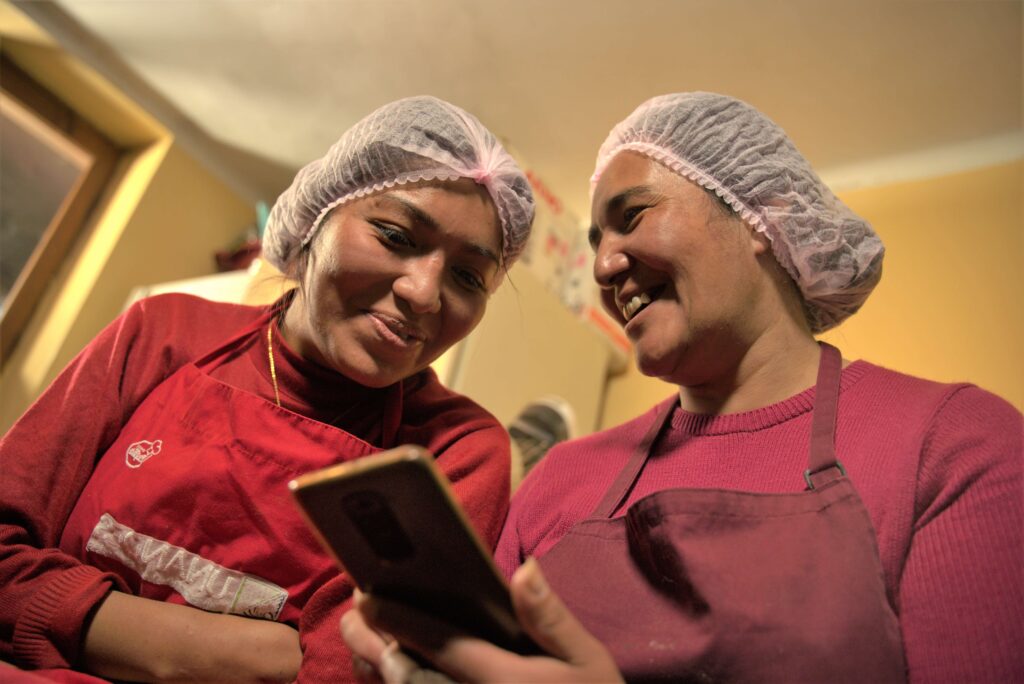
Four years ago, we set out to bring eight million people—including three million merchants and microentrepreneurs—into the digital economy. At the time, we knew this work was important, but we didn’t know just how important—and challenging—it would become. The pandemic made digital transformation vital to the survival of financial service providers and their clients. Now, high inflation and slowing economic growth are creating more difficulties for low-income communities and their small businesses.
Digital financial tools have a demonstrated positive impact on the financial health and resilience of small business owners. Going digital can enable entrepreneurs to purchase insurance to protect against climate disasters, access revolving credit to manage inventory, boost income through accepting digital payments, and more.
But digitizing underserved small businesses is not a straightforward endeavor. Historically overlooked and excluded clients often lack essential digital and financial skills, and many are hesitant to change how they’ve always operated. Simply put, they don’t trust digital tools with their finances.
To overcome these challenges and drive digital transformation, we teamed up with Mastercard to work with nine financial service providers (FSPs) and 47 fintech companies around the world. With these partners we created new digital financial tools that meet the complex and shifting needs of small businesses. We surpassed our goal, with our partners now reaching 11.5 million individuals, including 4.4 million micro and small business owners using these digital tools on a regular basis.
Eighty percent of people using these tools said financial outcomes for their business improved, as they were able to purchase inventory, pay wages, and make loan repayments on time. And our institutional partners are seeing cost savings, operational efficiencies, and enhanced customer experiences thanks to digital transformation.
Here are three strategies we used to achieve these results:
1. Meet customers where they are
For many small businesses, adopting new digital financial services requires new investments, skills, and ways of operating. By meeting customers where they are on their digital and financial journeys, FSPs and fintechs can better address their unique needs, and thus increase adoption and usage of digital products.
During the pandemic, we applied this strategy to support clients of our partner Annapurna Finance in India. Annapurna lends to MSMEs through individual and group loans, working with clients in some of the poorest parts of India. Many of Annapurna’s clients lack access to a smartphone, but most have less advanced feature phones that can send text messages. To meet these customers where they are, we developed a digital emergency loan that small business owners can access in a matter of minutes, by sending a WhatsApp or SMS message to access a pre-approved loan amount. These clients could then use these funds to pay business expenses, order inventory, and stabilize their operations during the crisis.
According to a survey of Annapurna’s women-owned small business clients, the loans help alleviate some of the financial pressures they face during disruption, with more than 90 percent of users saying they were able to pay their operating expenses on time.
2. Embrace innovation to encourage frequent usage
Frequently using financial products is critical to building financial health. We’ve seen that clients who used digital products more frequently were 30 percent more likely to link improvements in business growth to digital products. This is where FSPs can get innovative and creative in designing new products, services, and apps.
Our partner in Bolivia, BancoSol, wanted to find a way to increase savings rates among their clients. Many vulnerable small business owners keep their savings at home in cash or were not saving at all, so they lacked funds to cover family or business emergencies.
To encourage healthy financial habits through digital savings, we worked with BancoSol to develop GanaSol, a gamification platform that enables customers to earn prizes for depositing cash regularly and retaining a minimum monthly balance. Soon after the initial launch, BancoSol adapted the platform to reward on-time and digital repayments of loans.
GanaSol boosted uptake for BancoSol’s digital financial services, increasing its monthly active digital user base by more than 50 percent. A majority of GanaSol users said the product helped them resolve financial challenges, boost business growth, and save time. The platform has also helped BancoSol manage risk and lower costs, thanks to a 30 percent increase in users who were able to pay back their loans on time.
3. Apply a tech-touch balance
Our work with Mastercard reinforced the benefits of digital financial services among underserved small businesses—but it also highlighted the ongoing challenges that users face in accessing and using these tools.
Many small businesses moved back to cash as the world recovered from the pandemic. Underserved and excluded clients often lack essential digital and financial literacy, and most importantly, they don’t trust digital tools. These challenges are particularly notable among women.
Applying a tech-touch balance that incorporates interactions with real people in the customer journey is key to helping clients build comfort, knowledge, skills—and trust. Loan officers or customer support representatives build personal relationships with these clients, and these relationships can create a game-changing foundation in driving digital adoption.
FSPs should also consider the needs of their own employees. There is a big learning curve that comes with digital transformation, and many people may need time to adapt to new ways of serving customers. Only then will they be incentivized to drive digital uptake with clients.
Every day, more of the economy moves online. Across the world, digital IDs are becoming mandatory, utility providers are no longer accepting cash, and small businesses are struggling to compete with larger competitors that are more digitally savvy. At Accion, we’re working to ensure that the world’s most vulnerable people are included and uplifted in digital transformation—and that they have the tools they need to build a brighter, more resilient future.
